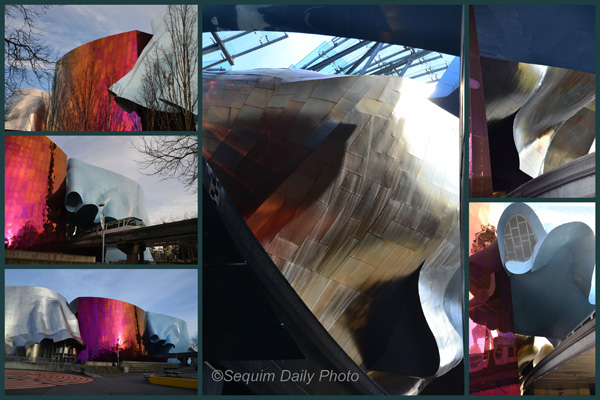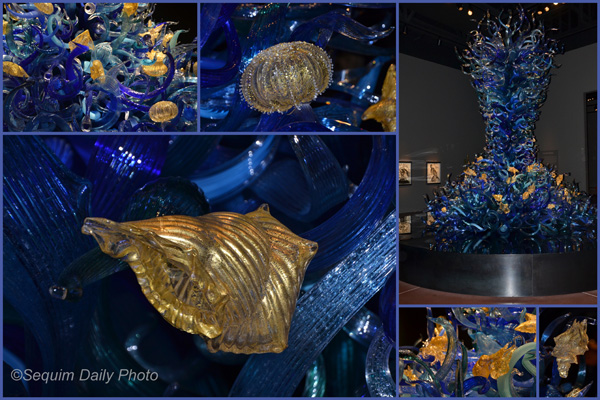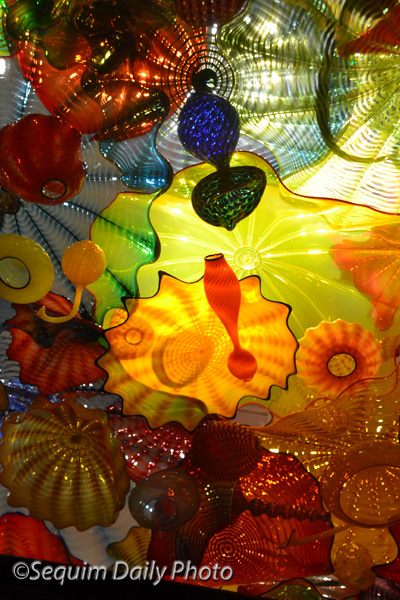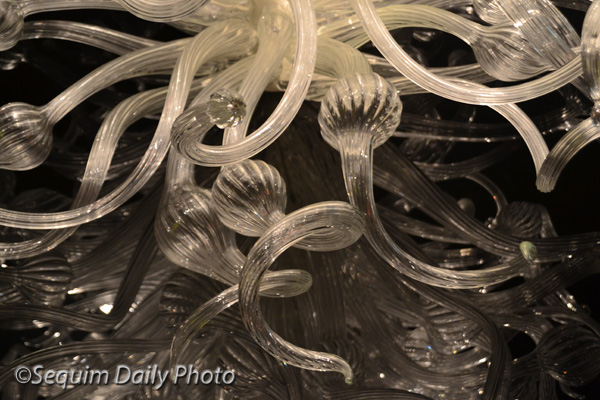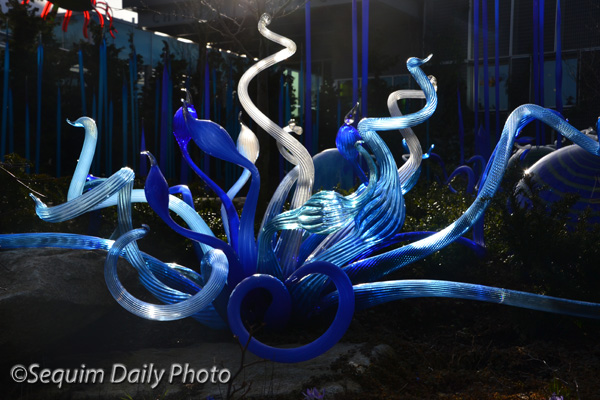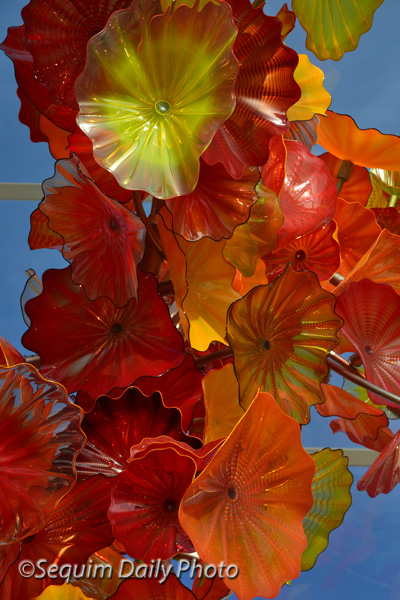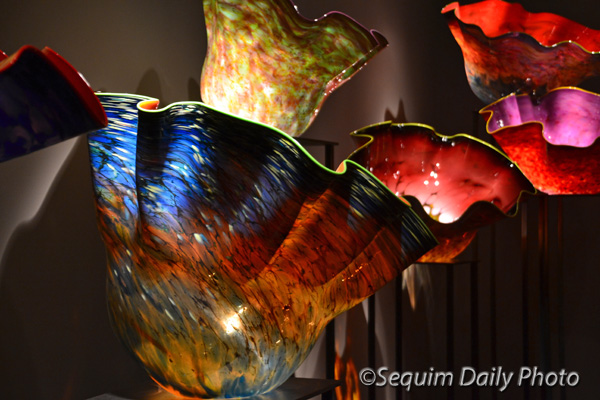Here is a look at Port Gamble, the sweet little town where yesterday’s Camperdown elm tree grows. We have driven through Port Gamble many times enroute to and from the Kingston-Edmonds ferry but only recently stopped to look around.

Port Gamble is a privately owned National Historic Landmark, the oldest continuously operating mill town in North America. Founded in 1853, it was operated by Pope & Talbott until 1995. The town has a New England look to it, enhanced by its setting at the edge of Port Gamble Bay. Port Gamble is about 40 miles east of Sequim, not far beyond the Hood Canal Bridge.

The church in the top collage is a popular location for weddings. In addition to a cafe in the General Store, above left, another cafe serves afternoon tea. A museum is located below the General Store; it is open May through September. There are other small shops in the area around the General Store and Post Office (bottom right). The Post Office Building also houses a community theater.





